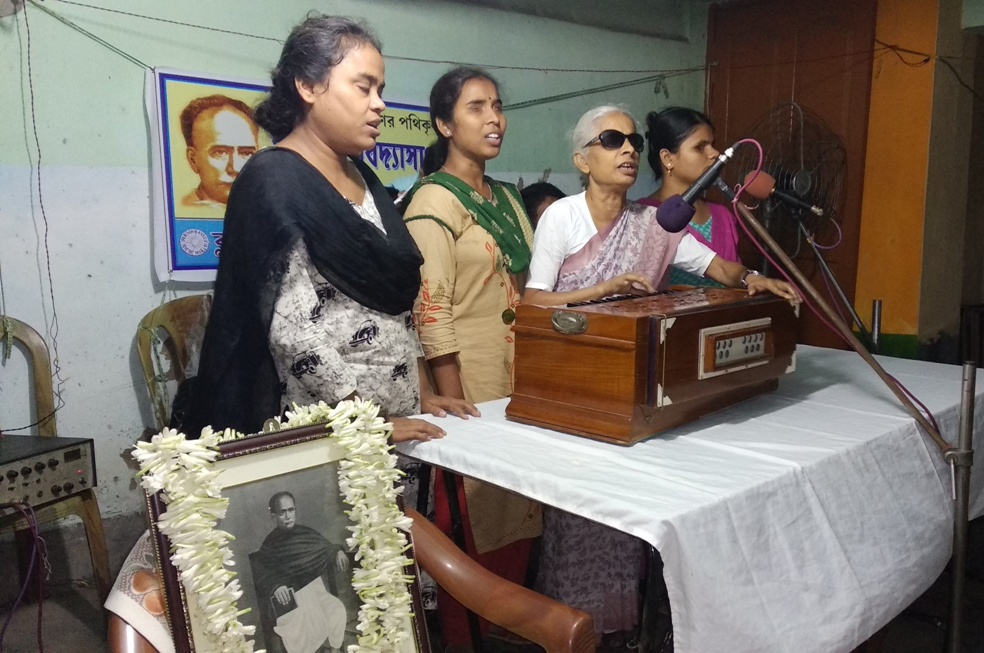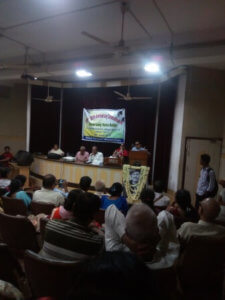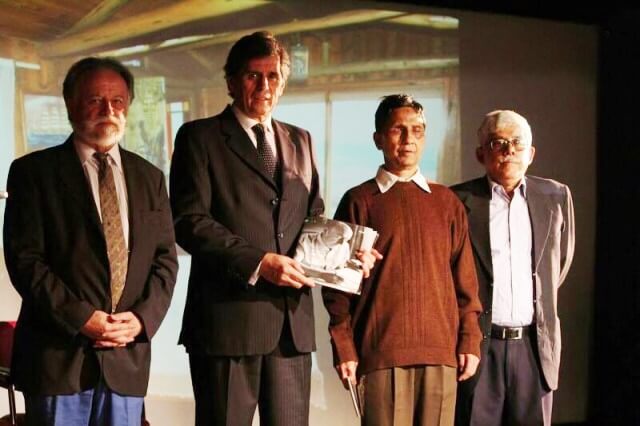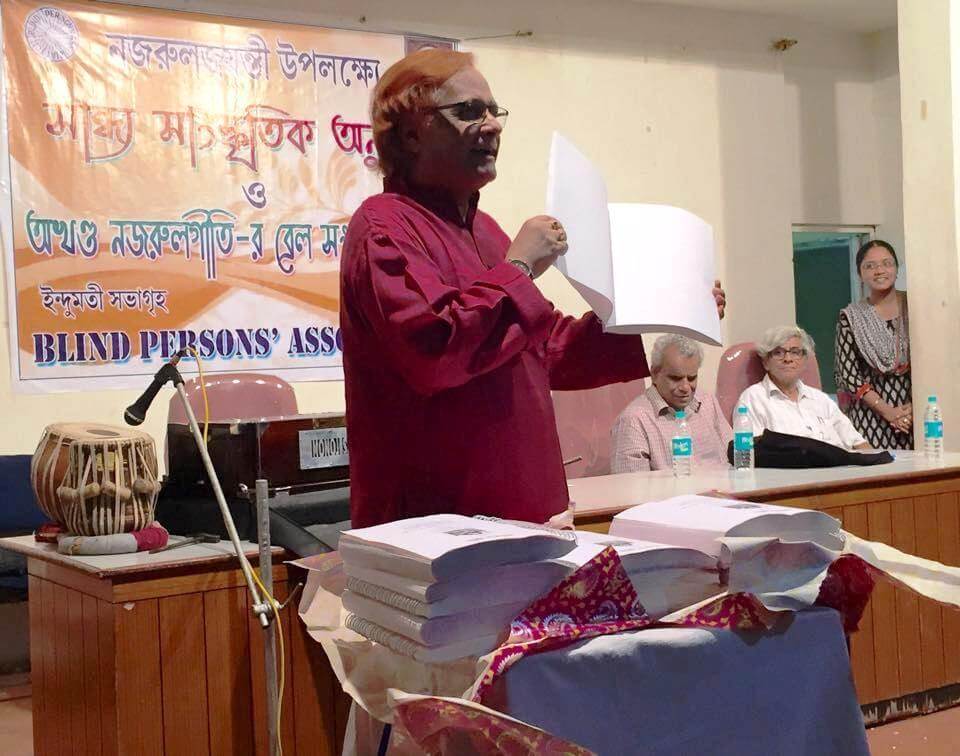We proudly present to our readers the audio recording of Abar Yadi Icchha Karo by Narayan Sanyal (April 26, 1924 – February 7, 2005). This popular novel is about 12 hours and 45 minutes long. The book was first published by Nath Publications in 1981. We have recorded it from the fourth edition of 1996. If you are a print-disabled reader, you may collect a copy. Check our Audio Books page for details.
On Abar Yadi Icchha Karo
Abar Yadi Icchha Karo was inspired by the lives of two great artists – Vincent van Gogh, a Dutch Post-impressionist painter noted for his use of color (1853-1890) and Paul Gauguin, the renowned French Post-impressionist painter who worked in the South Pacific (1848-1903). The author Narayan Sanyal has explained in his preface that he has not exactly written biographies like Irving Stone’s “Lust for Life” on van Gogh. The novel starts with four young boys, all waiting for results of their school-leaving exam. Two of these students are Chandrabhan Gorg and Gagan Pal. They are the Indian counterparts of the two famous artists. The author has carefully chosen their names to maintain a kind of phonetic similarity.
Abar Yadi Icchha Karo combines the two lives. In real life they met quite late, when they were recognized artists. Many events have been borrowed from their lives, but in most cases they were rewritten. One reason behind it was the necessity to adapt them to the time and place of the novel. Chandrabhan Gorg was born on July 29, 1890, the day van Gogh died. Chandrabhan and Gagan are both Bengalese in the novel, born in 1890 and 1885. Vincent van Gogh was born in 1853 and Gauguin in 1848. Narayan Sanyal maintained the difference of five years in age.
The author has also explained that he has tried a novel like Somerset Maugham’s The Moon and Sixpence. However, his creation Gagan Pal is closer to the real Paul Gauguin than Maugham’s hero Charles Strickland. The writer has quoted from Paul Gauguin, “A man’s work is the explanation of that man,” with the hope that his novel would justify his attempt. He has included brief sketches of the lives of the two painters in the appendix to save his readers from confusion.









